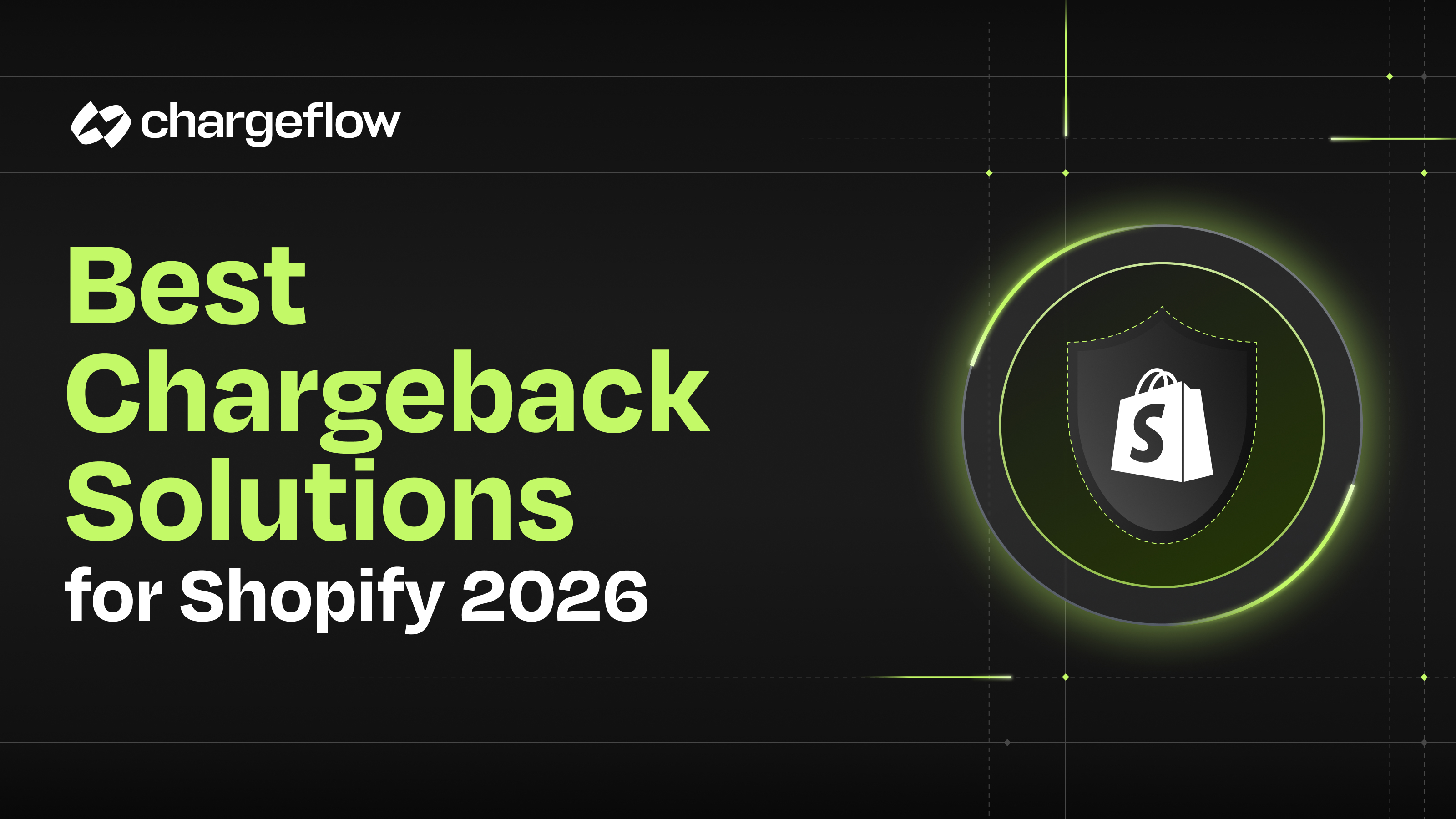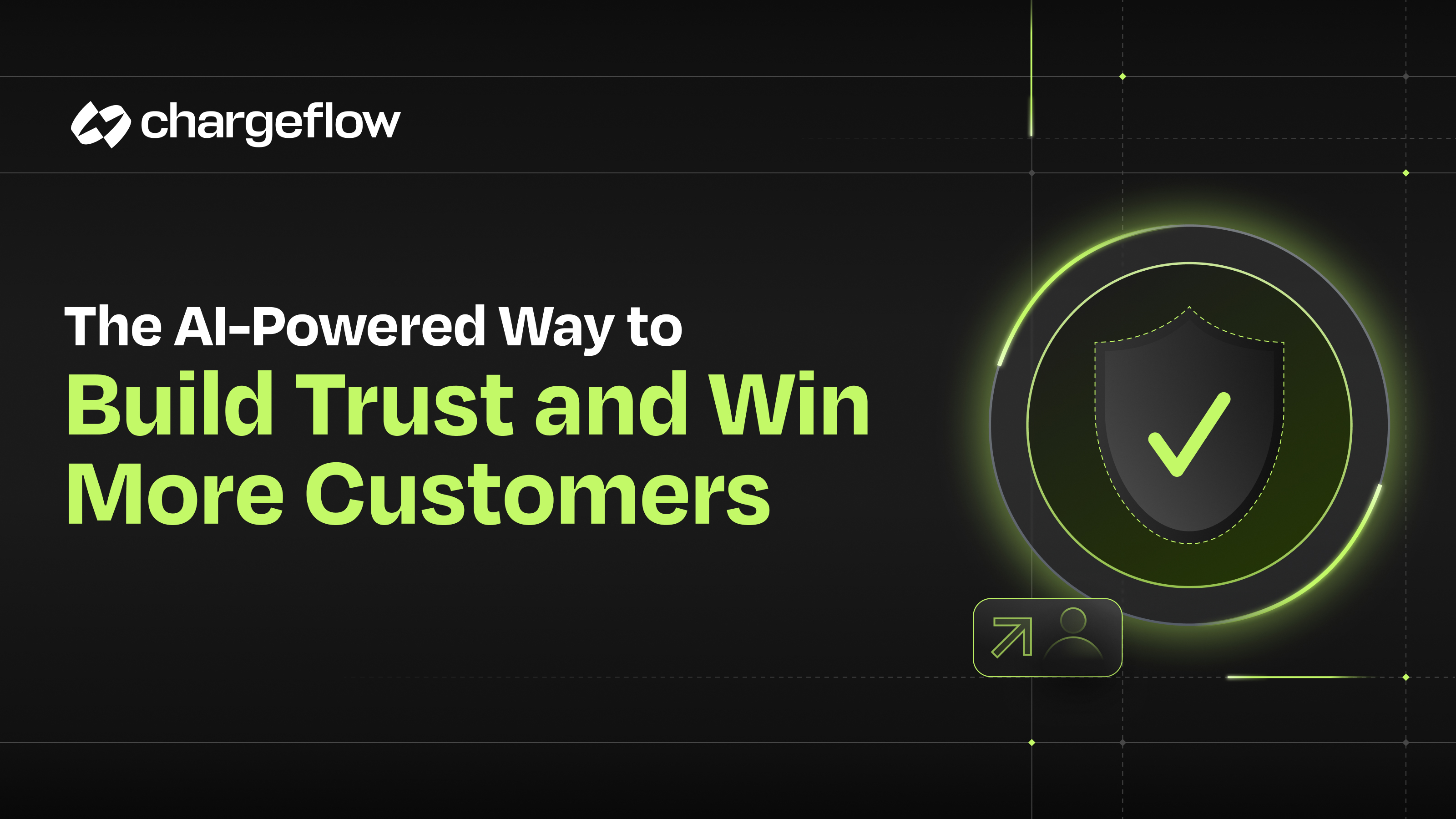Subscription Chargebacks - The Best Guide to Help You Recover, Automate, Prevent Them

Chargebacks?
No longer your problem.
Recover 4x more chargebacks and prevent up to 90% of incoming ones, powered by AI and a global network of 15,000 merchants.
Businesses that adopt the subscription model grow 5x-8x faster than their counterparts, but also attract 3x-10x more chargebacks than other verticals.
If you’ve been active on Social Media recently or followed the news, you would’ve seen the unfolding discourse on subscription-based content distribution platforms like Netflix, Disney+, CNN+, and others.
According to the reports, Netflix shares plunged ~20% in January after disclosing weak subscriber growth. Subsequently, Netflix shares plummeted to ~35% on April 20 to close at $226.19 – wiping off $50 billion from its market cap – after the news that it lost 200,000 subscribers in its first quarter.
In the same week, CNN+ announced it’s shut down after spending over $300,000,000 and only attracting ~10,000 subscriptions.
Now, if you think those indices are smokescreen the subscription economy is no longer sustainable, the following research findings might give you better optics.
According to Juniper Research, the global market value of the subscription economy will grow to US$275 billion in 2022, a sharp rise from US$224 billion in 2021. Similar research by Venturebeat indicates that by 2023, 53% of software companies will embrace the subscription business model.
That said, it’s equally vital to note that although businesses that adopt the subscription model grow 5x-8x faster than their counterparts, they also attract 3x-10x more chargebacks than other e-commerce verticals.
This article will cover three essential thoughts:
- Preventing recurring billing chargebacks
- Recovering subscription chargebacks
- Automating subscription chargebacks effectively
But before we dig into those, let’s cover some basics.
First, let’s take a look at some crucial benefits of subscription billing you should know.
Essential business merits of the subscription billing model
The subscription economy has crucial intrinsic benefits that make it appealing to businesses of various verticals. Done well, the subscription billing model is a win-win for both companies and consumers. It helps businesses reduce payment risks and increase revenue while giving their prospects great value.
Businesses can better project their revenue by locking their customers into a scheduled, recurring payment model. Unlike one-off purchase models that do not give merchants any assurance of repeat transactions, the subscription model makes it easy for one to know what to expect.
Subscription billing makes it possible for customers to conveniently divide hefty expenses into smaller chunks. That makes a seller’s product more appealing to a broader audience.
Again, subscription billing helps to maximize brand trust and loyalty. As many buyers begin their purchasing journey with product or service trials, businesses have a systematic tool for onboarding customers who would be hesitant to make long-term commitments.
Another crucial benefit of the subscription billing payment model is that it helps businesses add a positive spin to their customer relationships. With subscription billing, brands create a tribe of customers who, in turn, become brand ambassadors for the products or services they love. And businesses can readily harvest insights from such communities to improve their process and operations further.
Let’s examine what subscription chargebacks are and why subscription chargebacks happen.

What are recurring billing chargebacks? And why do subscription chargebacks happen?
Subscription chargebacks result from you processing transactions that you ought to have canceled. They are incidental headaches companies face using an auto-renewal transaction billing mechanism.
The set-it-and-forget-it process makes it likely for customers not to remember they opted in for the service. And in some cases, for merchants to forget the subscription is still active, which could lead to incidents of double-billing, missed billing, or subscriptions not being canceled on time. The result? The customer slaps you with a canceled recurring billing chargeback – represented with Reason Code 13.2 at Visa and Reason Code 4843 at MasterCard.
To recap: customers file a subscription chargeback when a merchant didn’t cancel their subscription but went on to process the bill.
And the complications could stem from you not receiving any cancellation request, the cancellation request being against your billing policy, or the credit card charge being higher than what you showed the customer at onboarding. It could also be that you didn’t send a billing notification before making a deduction. You processed an unauthorized transaction or the good old incident of friendly fraud. The cardholder wanted to eat their cake and have it back again.
In any case, you should know that industry records show that friendly fraud is the leading cause of all recurring billing chargebacks. Again, the mere fact that your business operates in the subscription economy justifies acquirers to label your company as high risk.
Yet, the following practices can help you keep things in check and avoid high processing fees and penalties.
Preventing subscription chargebacks: It starts with the initial transaction
As we stated in this piece, the pivotal step in avoiding the mishaps of a recurring billing model is to ensure an alignment of product, pricing, positioning, and incentives.
Visa and MasterCard recently issued a new set of rules on how merchants should handle stored cardholder information. Executing that strategy requires care and attention to detail. More so in light of the developing regulations and industry standards on data security.
Immediately after the cardholder has subscribed to your recurring billing plan, you must take distinct steps to comply with the new rules. For instance, you must request the cardholder’s permission to store their data before processing the first recurring transaction.
Visa’s rules require that you should take the following steps:
- Provide full disclosure to cardholders on how you'll use stored credentials.
- Notify cardholders whenever changes are made to the terms of use.
- Inform the issuer (by conducting a transaction) that payment credentials are on file.
- Identify transactions with appropriate indicators when using stored credentials.
You can use 3-D Secure technology to provide an extra layer of security. You have to process the customer’s first transaction like any other CNP transaction. Hence, the initial transaction is crucial in helping you prevent subscription chargebacks.
Be sure to obtain AVS and card security codes with the authorization request. Equally vital, make sure that your checkout is waterproof by getting them to agree to your payment terms.
If no dollar-rated transaction took place when you collected the consumer’s data, then you’ve only got to submit an account verification request (basically, a transaction for $0.00).
Be sure to add the following details to the first sales receipt:
- The phrase “recurring transaction.”
- A transparent payment schedule depicting the timeline and frequently of deductions
- How long the payment plan will be, that is how long you will charge the customer for each transaction
Note any additional fees and restrictions, such as termination fees. If you’re providing free trials, specify precisely the trial duration, and don’t forget to send a notification before the expiring date. And if they cancel the trial, be sure to the effect that change.
Finally, don’t forget to secure authorization for the recurring billing and store that data for the entire duration of the business. That’s additional to the standard card-not-present processing techniques.

Recovering subscription chargebacks
Fighting subscription chargebacks, like any chargeback case, are often an uphill battle. But that doesn’t mean it’s an impossible task. You should fight back if you have sufficient evidence and the case meets the card networks’ preconditions.
Here are the checklists you should keep in the note.
If MasterCard network is involved:
- Ensure that the customer did not have a recurring payment model but rather an installment billing transaction.
- You can prove that the customer did not meet the billing cancelation terms they agreed to during onboarding.
- Your compelling evidence shows the customer agreed to well-defined subscription terms and conditions at onboarding.
- You have proof that you provided services, and the cardholder used the same after the subscription cancelation date.
If the Visa network is involved:
- Have compelling evidence that the customer did not cancel their subscription before filling a subscription chargeback.
- Your documentation shows the customer informed neither the acquiring bank nor your business about closing their account before filling the subscription chargeback.
- Your compelling evidence shows that you offered the service and the customer used the same after the cancelation date.
- If you operate outside the Europe region, you should have sufficient documentation of a previously nondisputed transaction.
- The customer knew about your payment terms and conditions and agreed to the same at onboarding.
If your documentation can tick all these checklists, you should go ahead and fight the subscription chargeback. Be sure to send your response letter within the stated time limit.
Nevertheless, you should also be aware that research shows that merchants often have ONLY a 12% chance of winning chargeback representment. At the same time, chargeback automation gives you at least 45% better prospects.

Automating subscription chargebacks effectively
Chargeback automation is how you stop leaving money on the table in dispute mitigation. A growing body of research shows that brands using automated chargeback management outperform others that manage chargebacks manually.
One research found that merchants using automated chargeback management technology reported an increase of 800 to 1,500 percent ROI.
Automating subscription chargebacks comes with enormous benefits. Here are some:
- You can effectively track suspicious transactions before they happen, thereby thwarting subscription chargebacks in their tracks.
- Chargeback automation gives you tools and a valuable database to ferret out online shoplifters and block them before they begin doing damages to your business.
- Automating subscription chargebacks with tools like Chargeflow helps you efficiently manage the entire chargeback process, with insight from over 50 data points.
- With chargeback automation, you can easily see user transaction behaviors, plug loopholes, forecast transactions that could result in chargebacks in the future, manage your revenue efficiently, and better align your strategies with changing fraud dynamics.
That’s not all. Our data shows that merchants using our 100% automated chargebacks and disputes management system often get an average of 75% win rate, recover at least $35,022 of chargeback revenue, and save 150 business hours each month!
For merchants using Recharge, we recently integrated with the leading subscription payments platform to help you improve your chargeback compelling evidence.
Learn more about our process here.

Chargebacks?
No longer your problem.
Recover 4x more chargebacks and prevent up to 90% of incoming ones, powered by AI and a global network of 15,000 merchants.






























.png)








